Disclosure: This article contains affiliate links. We may earn a commission from purchases at no extra cost to you, which helps our travel content.
When my boss mentioned sending me to Delhi for a sourcing trip, my retail buyer brain immediately went into overdrive. India's capital isn't just a goldmine of textiles and craftsmanship—it's a sensory explosion that demands to be experienced beyond the confines of wholesale showrooms. With just one week and a tight personal budget (hello, retail salary!), I stretched my dollars—or should I say rupees—to craft an adventure that balanced ancient wonders with contemporary cool. Delhi might seem overwhelming at first glance, but trust me, this city delivers some serious bang for your buck when you know where to look. From haggling in labyrinthine markets that would make any buyer proud to discovering hidden food stalls with flavors that'll ruin your hometown Indian takeout forever—I've compiled everything you need to navigate Delhi like a pro without emptying your wallet.
Getting Around: Navigate Like a Local
Let's talk transit, because cracking Delhi's transportation code is your first step to budget success. The Metro is your absolute best friend here—clean, efficient, and ridiculously cheap at about 10-60 rupees per ride (that's like 50 cents max). I used it daily to zip between neighborhoods that would've taken forever by road. The Yellow Line became my lifeline, connecting major hotspots from north to south.
For shorter distances, auto-rickshaws are the move, but here's where your negotiation skills come into play. Always, and I mean always, agree on a price before climbing in. My retail haggling experience came in clutch—start at half their initial offer and settle around 60-70% of what they first quoted. The green and yellow autos are everywhere, but I found the easiest approach was using the Ola app which functions like Uber but with set prices for rickshaws too.
When I was exploring Old Delhi's narrow lanes where even rickshaws can't squeeze through, I embraced the cycle rickshaws. These human-powered chariots might seem touristy, but they're actually how many locals navigate the congested historic areas. A 15-minute ride typically costs 50-100 rupees, but again—negotiate!
One unexpected transit hack? Delhi's buses. They're chaotic and not the most intuitive for visitors, but at 5-15 rupees per ride, they're unbeatable for the budget-conscious. I downloaded the Delhi Transport Corporation app which helped me decipher routes without getting completely lost.
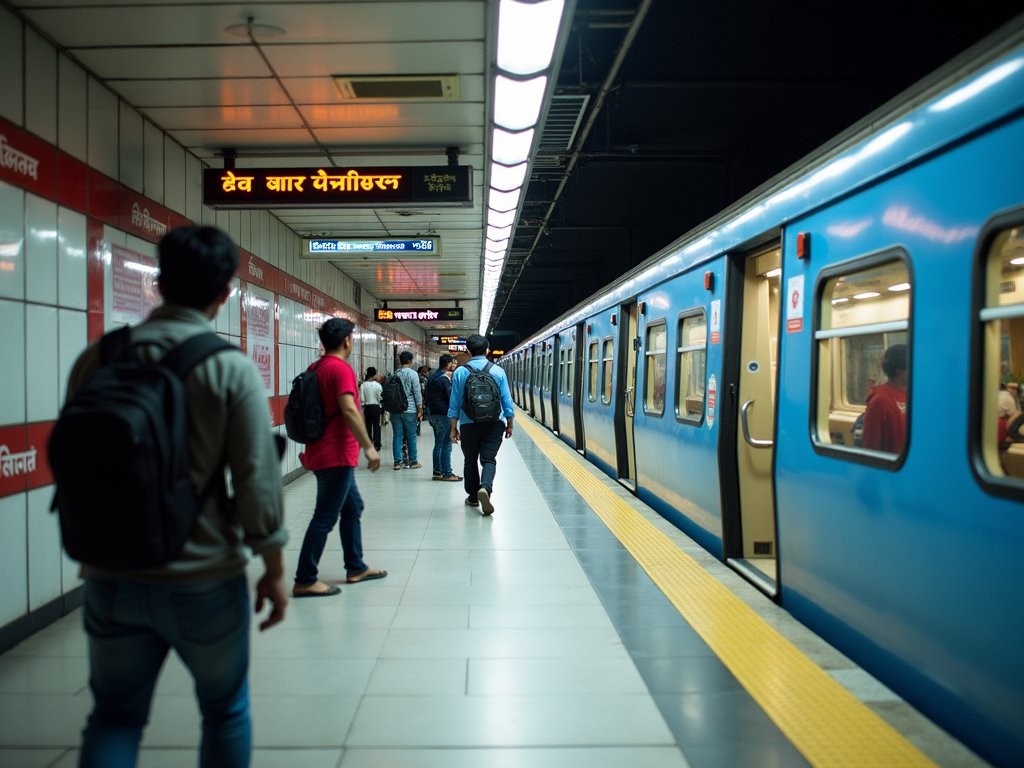
💡 Pro Tips
- Buy a Metro Smart Card on day one to save 10% on all metro rides
- Keep Google Maps offline for your area—it shows metro connections and walking routes
- Avoid rush hours (9-11am and 5-8pm) when metros and roads are packed
Budget Accommodations: Stylish Stays Without the Splurge
Finding affordable accommodation in Delhi that doesn't sacrifice style or safety was my first major challenge. After some serious research (and one regrettable night in a place I won't name), I discovered that Paharganj near New Delhi Railway Station is basically budget traveler HQ. The area looks chaotic at first glance—and okay, second glance too—but it's packed with guesthouses ranging from $5-20 per night.
I settled on Smyle Inn after reading countless reviews, paying about $12/night for a clean private room with A/C. The rooftop café became my morning ritual spot, where I'd plan routes while chatting with other travelers over masala chai. The WiFi was surprisingly solid, which was crucial for checking in with my office back home.
For those wanting something with more amenities but still budget-friendly, I spent two nights at bloomrooms @ Link Road in Jangpura. At $30/night it was my splurge, but the minimalist white design, rainfall showers, and free laundry service made it worth every rupee. Their location near Lodi Gardens gave me easy access to south Delhi's attractions without the premium pricing of neighborhoods like Defence Colony.
Hostels are having a moment in Delhi too. goSTOPS near Daryaganj offers Instagram-worthy dorms starting at $8/night. The co-working space downstairs was perfect for catching up on emails, and their evening events introduced me to other solo travelers who became my impromptu shopping companions.
One unconventional option I discovered through a local contact was homestays arranged through Airbnb. I found several options in residential neighborhoods like Kailash Colony where $25/night got me a private room in a family home, home-cooked breakfast, and priceless local insights. My host Priya even took me to her family's favorite chaat stall—an experience no hotel concierge would provide.
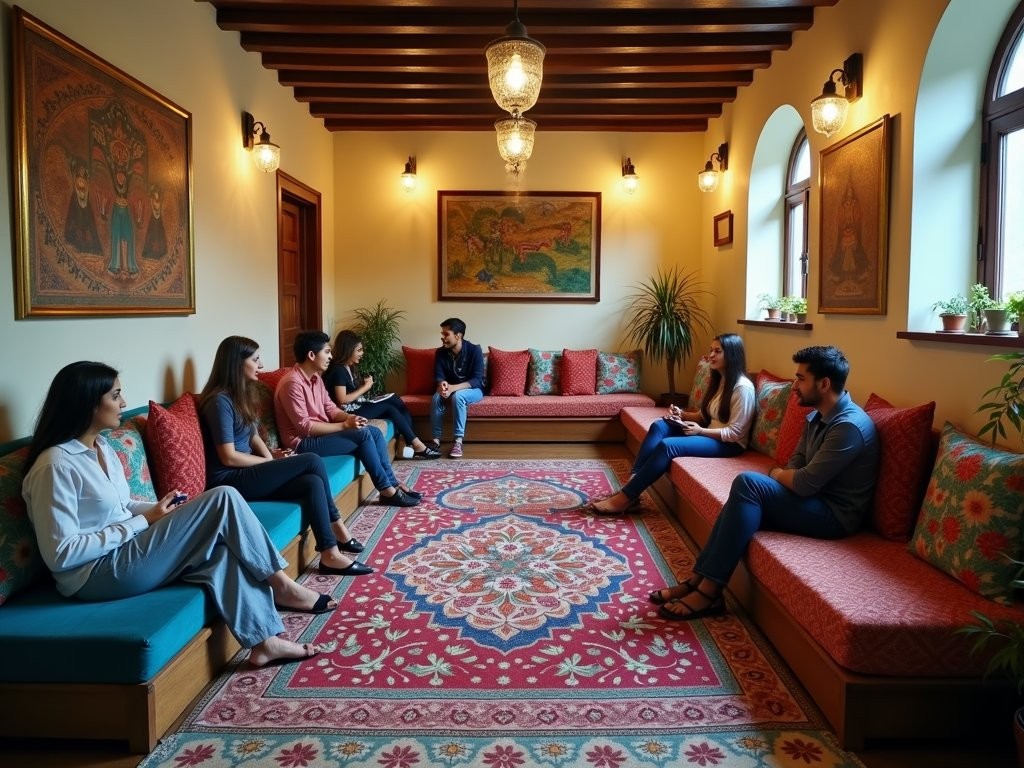
💡 Pro Tips
- Book accommodations with free breakfast to save on meal costs
- Stay near metro stations to minimize transportation expenses
- Consider splitting your stay between different neighborhoods to experience diverse sides of Delhi
Street Food Safari: Feast Like Royalty on a Pauper's Budget
Let me just put this out there: Delhi's street food scene is a buyer's dream market—maximum flavor, minimum investment. I've sourced textiles across three continents, but hunting down Delhi's culinary treasures might be my greatest achievement yet.
Old Delhi's Chandni Chowk neighborhood is street food central, where centuries-old establishments serve dishes that have remained unchanged for generations. My first stop was Paranthe Wali Gali, a narrow lane dedicated entirely to stuffed flatbreads. For 60 rupees (less than $1), I devoured crispy parathas stuffed with everything from spiced potatoes to crushed pomegranate seeds. Pro tip: the simplest stalls with the longest lines usually offer the best quality.
For chaat—those addictive savory snack plates—I followed a local colleague's advice and ventured to Sev Puri Corner in Connaught Place. Their pani puri (hollow crisp shells filled with spiced water) became my daily afternoon ritual at just 40 rupees for a plate of six. The vendor recognized me by day three and started adding extra tamarind chutney without me asking.
Dinner became a rotating affair between various kathi roll stands, where flaky paratha wraps stuffed with egg, chicken, or paneer rarely exceeded 100 rupees. Khan Market's roll vendors were my favorite for late dinners after shopping reconnaissance missions.
For those nervous about street food safety, I came prepared with a LifeStraw Go Water Filter Bottle which was a game-changer. I could refill from any water source without worrying, saving me hundreds of rupees on bottled water while staying hydrated in Delhi's dry heat.
Don't miss the lassi shops scattered throughout the city—these yogurt drinks come in flavors from sweet mango to rose, costing around 30-50 rupees. Bille Di Hatti in Kamla Nagar serves what locals confirmed is the city's best lassi, thick enough to eat with a spoon and served in traditional clay cups that keep it cool despite the heat.
For those inevitable moments when you crave something familiar, Delhi's university areas like North Campus offer western-style cafés where you can grab a decent espresso and sandwich for under 200 rupees—still a fraction of what you'd pay at home.
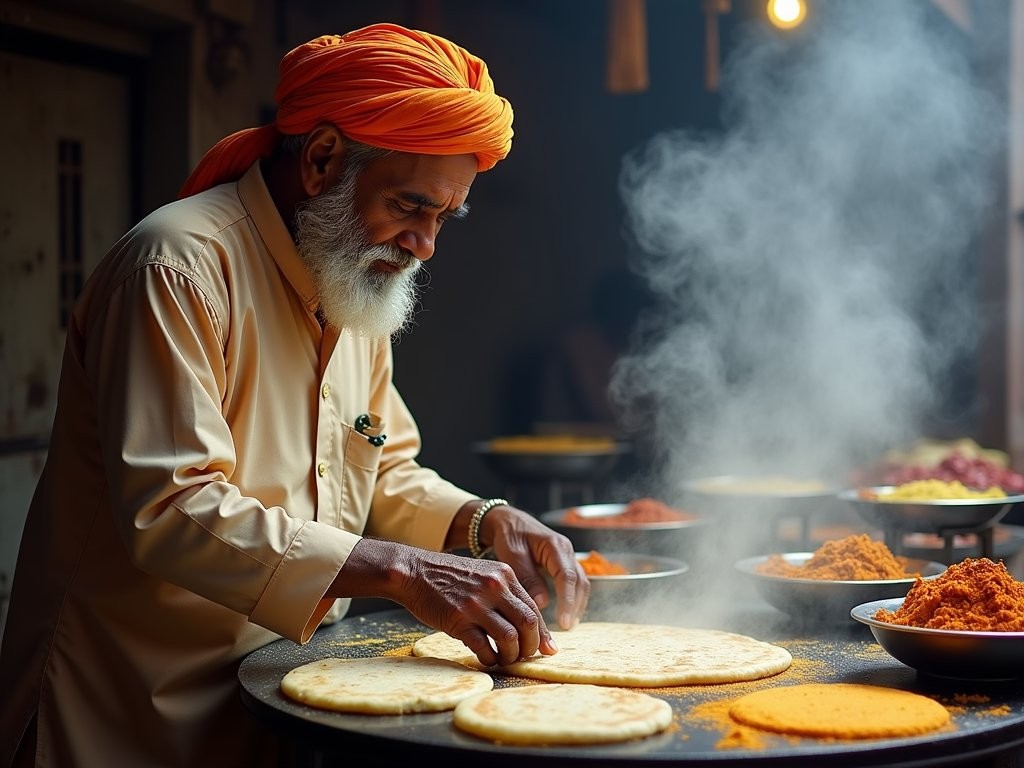
💡 Pro Tips
- Watch where locals eat and follow their lead—busy stalls with high turnover are safest
- Carry small bills for easier transactions with street vendors
- Look for vendors who cook items fresh in front of you rather than pre-made options
Historical Highlights: Culture on the Cheap
Delhi's historical sites deliver serious ROI for budget travelers—world-class monuments with third-world pricing. The city's layered history spans dynasties and empires, each leaving architectural masterpieces that would cost a fortune to visit in Europe but are accessible here for pocket change.
The iconic Red Fort (Lal Qila) charges foreigners 600 rupees (about $7), which initially seemed steep compared to other sites. But this UNESCO World Heritage marvel offers a full day's exploration through massive sandstone structures, intricate marble pavilions, and museums showcasing Mughal treasures. I spent nearly five hours here, making it incredible value when broken down hourly.
My favorite budget hack was discovering that many sites offer significantly discounted entry fees during weekdays and non-peak hours. Humayun's Tomb—which seriously rivals the Taj Mahal with its perfect proportions and Persian-influenced design—costs 600 rupees, but I arrived at opening time (6am) when the light was magical for photos and the crowds nonexistent.
Qutub Minar complex blew me away with its 12th-century tower and mysterious Iron Pillar that has somehow resisted rusting for over 1,600 years. The 600-rupee entry fee grants access to what feels like an open-air museum spanning multiple centuries.
Not all historical experiences require entrance fees though. I spent one of my favorite afternoons wandering through the Lodhi Art District—essentially a free open-air gallery where international artists have transformed building walls into massive contemporary artworks. The contrast between these modern murals and the adjacent 500-year-old Lodhi Gardens (also free) creates a perfect Delhi day without spending a rupee.
For my daily planning, I used the Lonely Planet Delhi City Guide which quickly paid for itself with insider tips on free entry days and lesser-known sites. Their walking tour routes helped me cluster attractions efficiently to save on transportation.
One unexpected highlight was joining the free guided tours offered at Gurudwara Bangla Sahib, Delhi's largest Sikh temple. Not only was entry free, but I experienced the community kitchen (langar) where volunteers serve free meals to thousands daily regardless of background. Participating in this tradition—both eating and helping serve—became one of my most meaningful Delhi experiences.
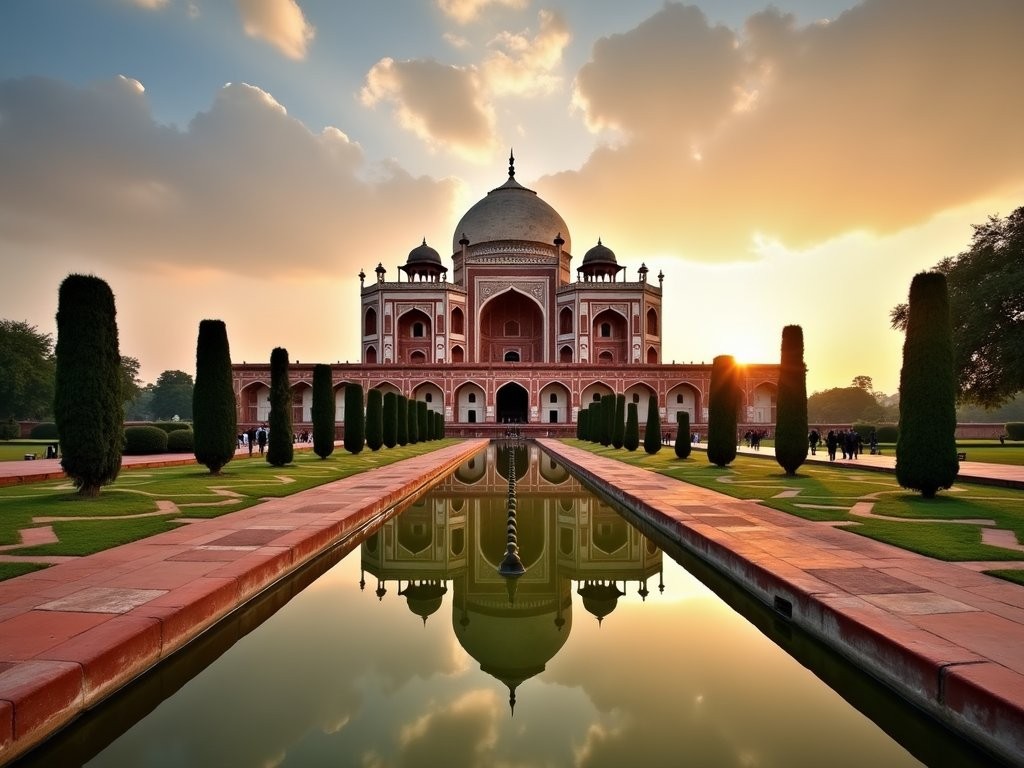
💡 Pro Tips
- Purchase the combined ticket for Red Fort and Qutub Minar to save 20%
- Visit major monuments at opening time (usually 6am) for empty sites and beautiful morning light
- Check museum websites for free entry days, typically the first Thursday monthly
Market Madness: A Retail Buyer's Paradise
If there's one thing I know as a retail buyer, it's how to spot quality merchandise at rock-bottom prices—and Delhi is essentially the Olympics of bargain hunting. The markets here aren't just shopping destinations; they're cultural experiences that engage all your senses simultaneously.
Sarojini Nagar Market is Delhi's open secret for ridiculous clothing deals. As someone who works with designer samples daily, I was shocked to find export surplus pieces (items made for international brands but rejected for minor flaws) selling for 200-500 rupees ($2-6). I scored jeans that would retail for $80 back home for just 400 rupees after some spirited haggling. The key is to inspect everything carefully—these are often seconds with small defects—and to arrive early (before 11am) when the best merchandise is still available.
For textiles that showcase India's craftsmanship, I spent hours in Dilli Haat, a government-established crafts bazaar where artisans from across India sell directly to consumers. The 60-rupee entry fee filters out aggressive touts, creating a more relaxed shopping environment. I found hand-block printed cotton scarves for 250 rupees that would easily command $50+ in boutiques back home.
Janpath Market became my go-to for affordable souvenirs. The trick here is to walk the entire market first without buying, noting prices for similar items to establish a baseline before negotiating. My retail experience taught me to bundle purchases—I secured better deals by buying multiple items from the same vendor. Those silver anklets you're eyeing? Start at 40% of the asking price and don't exceed 60%.
For photography enthusiasts, Chandni Chowk's Kinari Bazaar is a visual feast of glittering trimmings, beads, and embellishments. I brought my Peak Design Everyday Sling Bag which proved perfect for navigating crowded markets—it kept my camera accessible while remaining secure against my body, and the weatherproof material protected my gear during a surprise monsoon shower.
Lajpat Nagar Central Market delivered my best find—a hand-embroidered kurta that cost 800 rupees after negotiation but looks like something from our premium collections. When shopping for textiles, always check the reverse side of embroidery work—quality pieces are nearly as neat on the back as on the front.
One final insider tip: most markets close on different weekdays (Sarojini Nagar on Mondays, Dilli Haat never), so plan your shopping itinerary accordingly. Nothing worse than showing up to shuttered stalls!
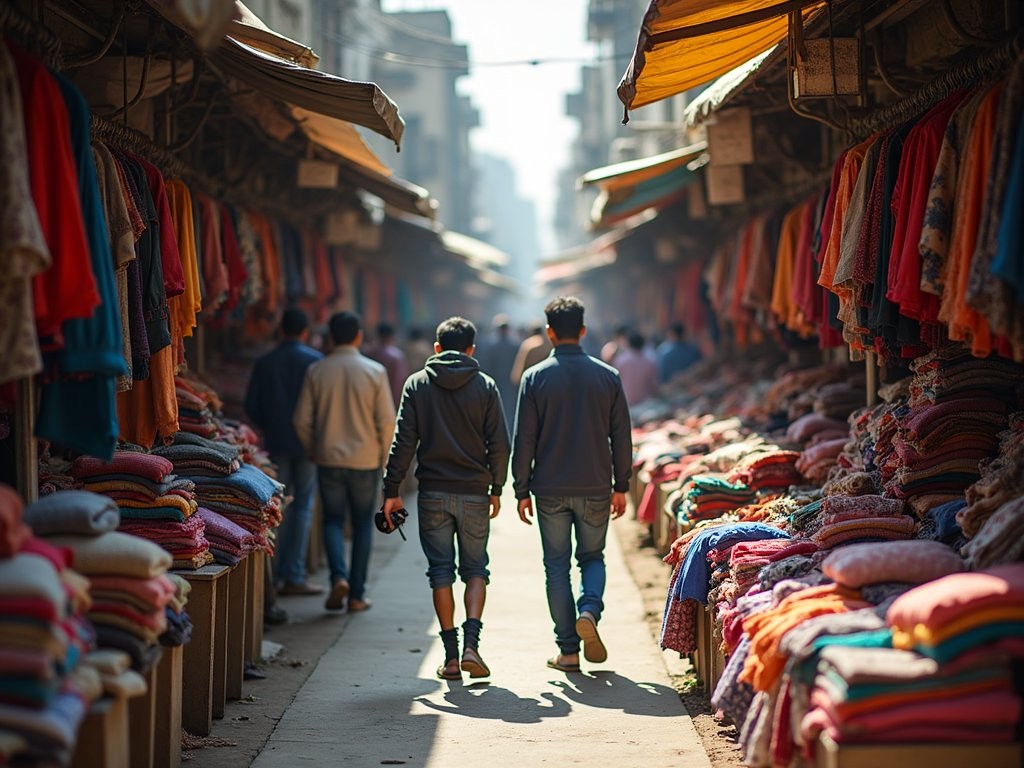
💡 Pro Tips
- Dress simply when shopping to avoid 'tourist pricing'
- Learn the phrase 'Bhaiya, thoda kam karo' (Brother, reduce it a little) for friendly haggling
- Bring your own shopping bag to avoid plastic and look like a local
Free and Nearly-Free Experiences: Zero-Budget Thrills
Between sourcing appointments and market research, I discovered that some of Delhi's most authentic experiences come with the lowest price tags—many completely free. These became the unexpected highlights that gave me genuine insight into daily life beyond tourist circuits.
Lodhi Gardens quickly became my morning ritual—this sprawling park dotted with 15th-century tombs fills with locals practicing yoga, playing cricket, and power-walking before the heat sets in. I joined an informal sunrise yoga group where a grandfatherly gentleman corrected my poses without a word of common language between us. Cost: absolutely zero.
Religious sites offer profound cultural experiences regardless of your spiritual inclinations. The Baha'i Lotus Temple welcomes visitors of all faiths to its stunning flower-shaped structure for meditation. I spent an hour in its cool, silent interior—a rare commodity in buzzing Delhi—without spending a rupee. Similarly, Gurudwara Bangla Sahib not only offers free entry but also welcomes visitors to its community kitchen where volunteers serve 10,000+ free meals daily.
For contemporary culture without cost, the National Gallery of Modern Art offers free entry on Fridays. I discovered works by pioneering Indian modernists like M.F. Husain and Amrita Sher-Gil that contextualiz the vibrant street art I'd been photographing throughout the city.
When Delhi's infamous heat became overwhelming, I retreated to the India Habitat Centre—a cultural complex where free art exhibitions, film screenings, and lectures happen daily. Their public spaces offer air conditioning, WiFi, and comfortable seating without any purchase requirements. I caught a documentary screening about traditional textile techniques that directly informed my sourcing decisions.
Street photography became my favorite free activity, particularly in Old Delhi where every lane offers cinematic scenes of daily life. My Moment Wide Lens for Smartphone transformed my iPhone into a proper tool for capturing the narrow galis and architectural details without carrying bulky equipment.
For almost-free experiences, Delhi's street food demonstrations top my list. At Nizamuddin Basti, a community tourism initiative offers cooking demonstrations for 200 rupees where you learn to make biryani from generations-old recipes while supporting local economic development.
Don't overlook university areas like North Campus and JNU, where bulletin boards advertise free cultural performances, lectures, and student productions. I stumbled upon a classical dance recital at Delhi University that rivaled professional shows I've paid for elsewhere.
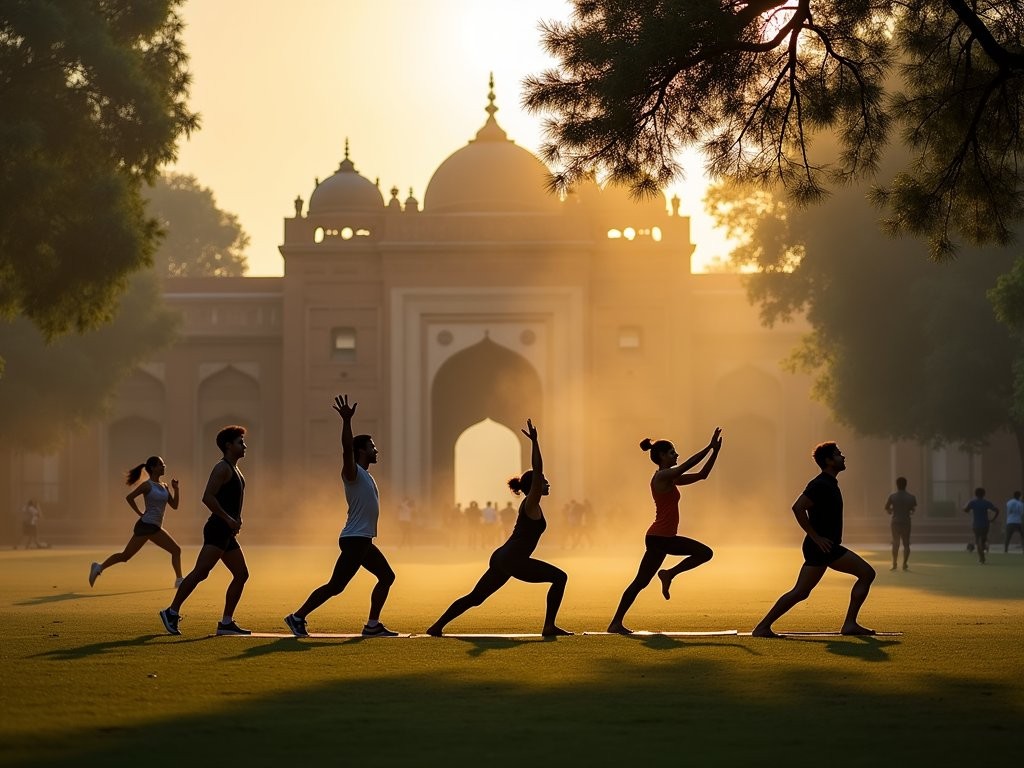
💡 Pro Tips
- Download the Delhi Tourism app for updated listings of free events and festivals
- Carry a reusable water bottle and refill at filtered water stations in major attractions
- Visit religious sites during ceremony times for the most immersive experience—just be respectful with photography
Final Thoughts
As my metro card ran out of balance and my final day in Delhi approached, I realized this city had completely recalibrated my perception of value. Delhi doesn't just offer affordable travel—it delivers experiences that feel luxurious regardless of their price tag. The connections I made with local artisans will influence my buying decisions for seasons to come, while the street food flavors have permanently raised my culinary standards. Perhaps the greatest lesson from navigating Delhi on a budget wasn't just how to stretch a dollar, but how the most meaningful travel moments rarely correlate with what you spend. Whether you're a student backpacker or a business traveler with limited personal time like me, Delhi rewards the resourceful explorer with its layered history, vibrant markets, and unexpected kindnesses. So grab your metro card, download your maps offline, and prepare to experience one of the world's most dynamic capitals without emptying your wallet. Delhi isn't waiting for your budget to grow—it's ready to embrace you right now.
✨ Key Takeaways
- Delhi's metro system makes budget transportation easy between major attractions
- Street food offers the best value and most authentic flavors for $1-3 per meal
- Early morning visits to monuments mean better photos, fewer crowds, and more comfortable temperatures
- Markets like Sarojini Nagar deliver incredible value but require inspection and negotiation skills
📋 Practical Information
Best Time to Visit
October to March (winter season)
Budget Estimate
$25-40 per day including accommodation, food, transportation and sightseeing
Recommended Duration
5-7 days
Difficulty Level
Easy

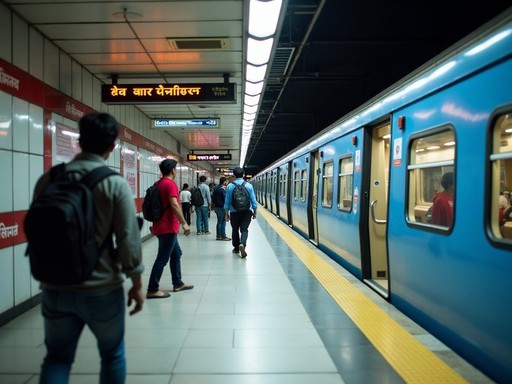
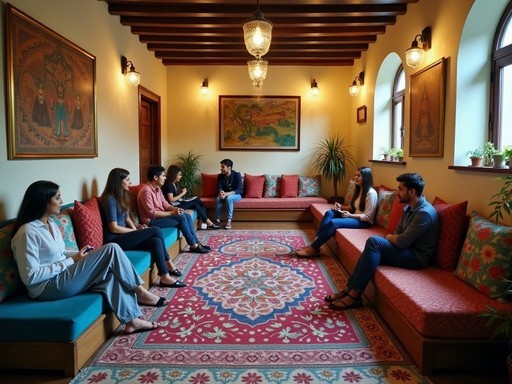
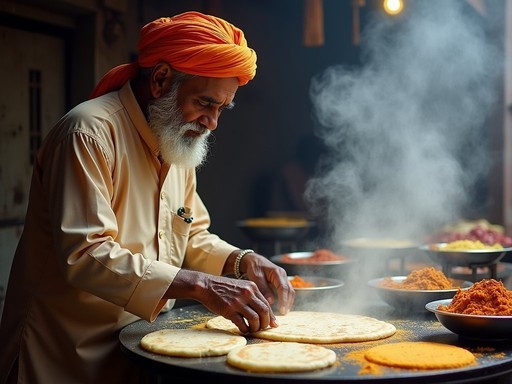
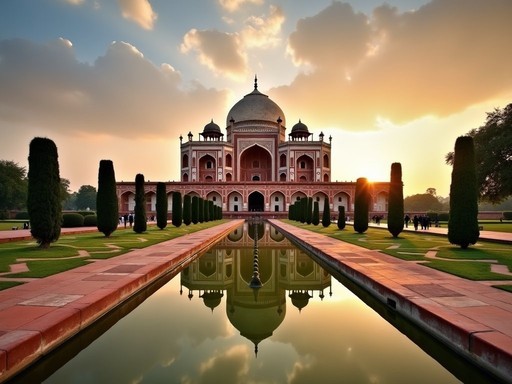
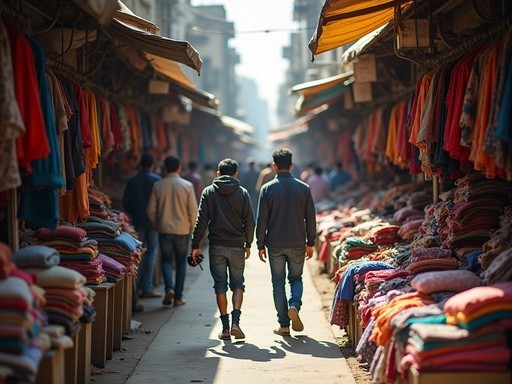
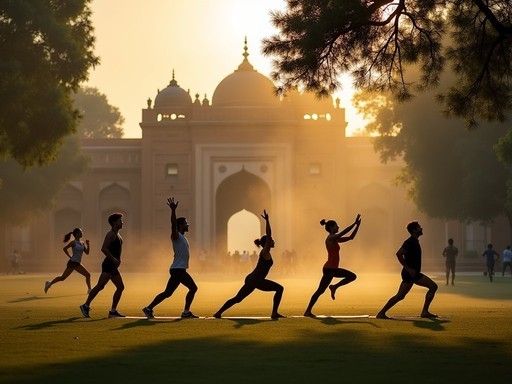


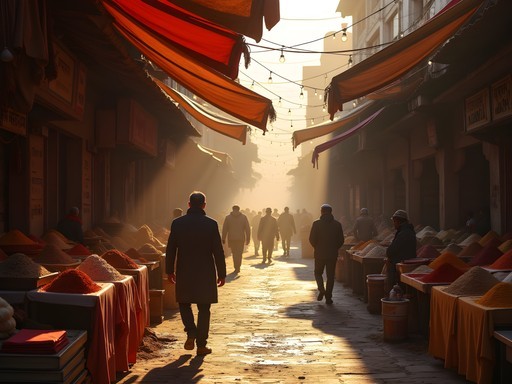
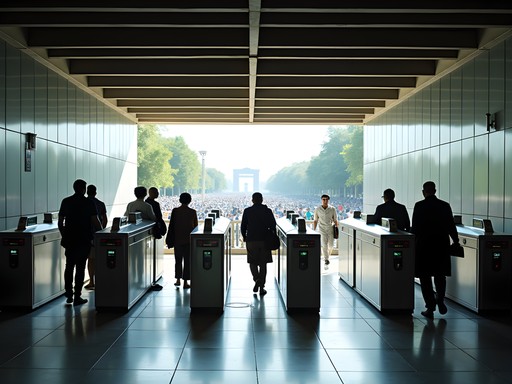

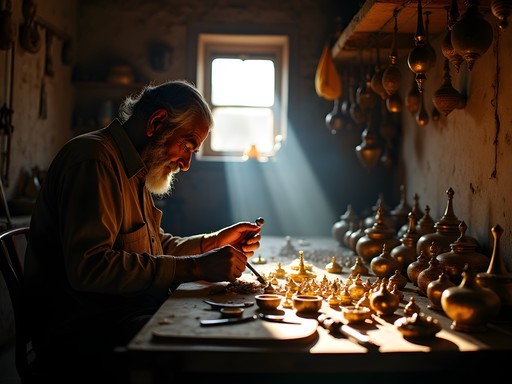
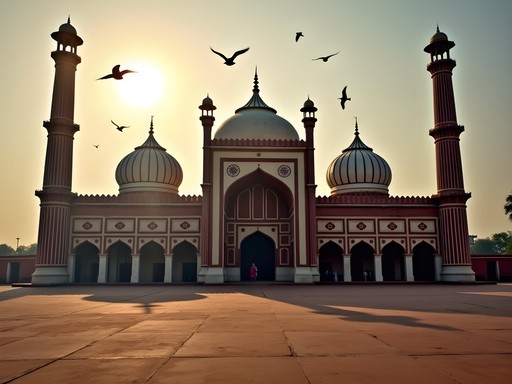
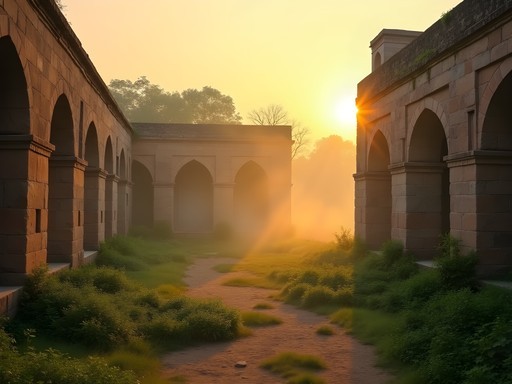
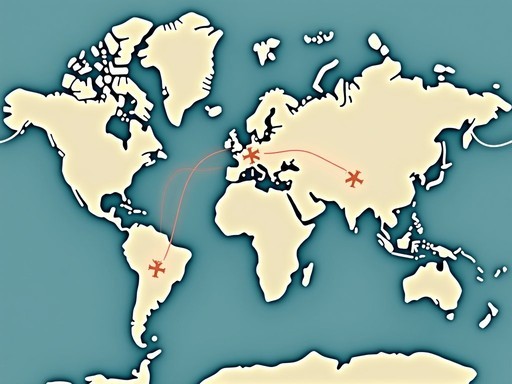
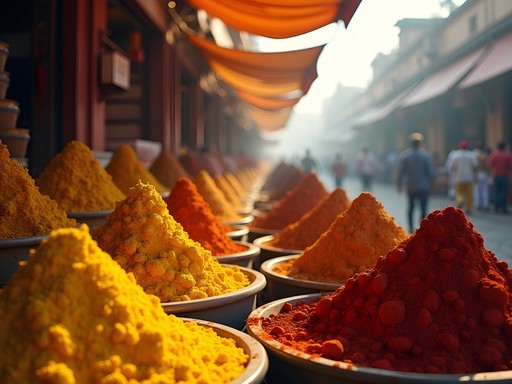
Comments
Sarah Powell
This guide is spot-on for budget travelers. Having spent three months in Delhi last year researching for my own blog, I'd add that the Heritage Walk programs run by Delhi Tourism are incredibly affordable (around $2-3) and often overlooked by travelers. They provide deep cultural context you won't get wandering solo. Also, for those staying longer, investing in a local SIM card rather than international roaming will save you hundreds. The documentation requirements have simplified recently - just bring your passport and a passport photo to any major provider's store. Jose's accommodation recommendations are solid, though I'd also suggest looking at longer-stay guesthouses in Lajpat Nagar if you're staying more than a week - many offer weekly rates that work out even cheaper than hostels.
photobuddy
What camera did you use for those night shots of the street food stalls? They're incredible!
Jose McDonald
Thanks for the kind words! Just my trusty phone camera (Pixel) with night mode and a steady hand! No fancy equipment needed.
Kimberly Murphy
Jose, you've absolutely nailed the Delhi budget experience! I was there in January and discovered many of the same hacks. The street food near Jama Masjid was my absolute highlight - I took a food tour with a local guide who showed us where the truly authentic spots were hiding. One budget tip I'd add: many museums and monuments have dramatically different pricing for morning vs evening visits, so plan your itinerary accordingly! And for anyone worried about Delhi Belly, I carried electrolyte packets everywhere and stayed hydrated which seemed to help. Can't wait to go back and try some of the budget stays you recommended - that hostel in Paharganj looks amazing!
roamwanderer
How safe is Delhi for solo female travelers? Planning a trip there in December and getting mixed advice from friends.
Sarah Powell
I've traveled solo in Delhi twice and found it manageable with proper precautions. Stick to well-lit areas after dark, use prepaid taxis from official stands at night, and consider using personal alarm for peace of mind. The metro has women-only cars which I highly recommend during rush hours. Most tourist areas are quite safe during the day, just stay alert as you would in any major city.
roamwanderer
Thanks so much for the detailed response! The women-only metro cars sound perfect. Will definitely look into that alarm too.
roamqueen
We did the public transportation too and it was surprisingly easy to navigate once you get the hang of it!
photoadventurer
Those street food photos are making me hungry! Great post!
hikingway
Just got back from Delhi last month and this guide would've been so helpful! The metro system really is a lifesaver - both for the wallet and for avoiding those crazy traffic jams. One tip I'd add: download the Delhi Metro app before you go. It helped me plan routes and figure out ticket costs without having to decipher the station maps. The Chandni Chowk food stalls were exactly as amazing as you described - I'm still dreaming about those jalebis!
Kimberly Murphy
That metro app tip is gold! I was there in January and kept getting lost between stations. Will definitely use it next time!
hikingway
It's a game changer! Especially when you're tired after a long day of sightseeing and your brain can't handle one more decision 😂
islandrider
JUST BOOKED MY TICKETS TO DELHI!!! This guide is getting saved, printed, and highlighted!! Those budget accommodation tips are exactly what I needed - was about to drop way too much on a hotel until I saw this. Anyone been to Delhi in October? Is it good weather then?
skymood9660
October is perfect! I went last year - not too hot, not too cold. Take a light jacket for evenings but days are beautiful!
islandrider
Amazing! Thanks so much! Can't wait to try all that street food!
escapeone
Love the photos! Delhi looks amazing!
mountainguy
Great post! We visited last year and found that booking trains through the official IRCTC website saved us a ton compared to tourist agencies. Just need to register a few days before your trip. Also, the Hauz Khas complex is totally free and was one of our favorite spots - beautiful architecture and park with almost no tourists!
Venture X
Premium card with 2X miles, $300 travel credit, Priority Pass